 Having an electric car is great and very much a trendy decision. When you have the EV of your choice parked in your garage, the most important question that follows is what size breaker does a Tesla need. Your electric car may save on fuel but it needs electric power to work, and this starts with a suitable breaker size.
Having an electric car is great and very much a trendy decision. When you have the EV of your choice parked in your garage, the most important question that follows is what size breaker does a Tesla need. Your electric car may save on fuel but it needs electric power to work, and this starts with a suitable breaker size.
The most efficient charging option is a level two charge and this usually requires up to 50 amps circuit. Your electrician can provide an estimate for installing this, but there’s a high possibility it will involve upgrading your electrical service panel. Older homes often carry a 100 amps breaker, which may be sufficient for the average homeowner who has very few power-demanding appliances. Hence, a Tesla charger just won’t fit and an upgrade to a 200 amp panel would be necessary. Also, the electrician will have to run a line of 40 or 50 amps to the charging spot.
If you already have a 200 amp service all that is left is to install the new circuit and run a line to the spot the charger will be used.
While this is an ideal option, not everyone can handle the cost or hassle of a new service panel. When this happens, there are still ways around it to ensure you can get the charge you need. A level one charger is a basic part of every Tesla and it can be plugged into any dedicated outlet. This outlet can deliver on 12amps of power and that translates to 40 miles during an overnight charging session. If this isn’t sufficient for you, you may consider charging at work or in public places. However, if you need about 100 miles or more, you may have to use the ideal solution of upgrading your panel and using a level 2 charge.
There’s also an option known as the slow level two charge which allows you to use the 30 amp plug used for appliances like the dryer. This allows the car to charge at 24 amps overnight. Bear in mind that the average Tesla can’t take over 32 amps, which is a 40 amps circuit in the first place. The 24 amps will give between 17-22 mph on Tesla models.
To make this work conveniently you can switch to a natural gas dryer. Yes, it will cost you, but the price might be more comfortable than a service panel upgrade. This way you can conveniently use that 30 amp plug for your Tesla.
If you can’t decide on what’s best, reach out to us for further consultation. Our professional and experienced Los Angeles electricians will help you with the most suitable options.





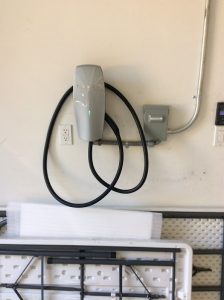 Electric cars are clearly the latest and most sought after development in the automotive industry and Tesla is leading the pack. So, when you have just purchased your very own green car, you can leap for joy about avoiding fueling costs and several other issues that come with it.
Electric cars are clearly the latest and most sought after development in the automotive industry and Tesla is leading the pack. So, when you have just purchased your very own green car, you can leap for joy about avoiding fueling costs and several other issues that come with it. If you purchased an EV between 2018 – 2019 or plan to buy one in 2020, we’ve got exciting news for you!
If you purchased an EV between 2018 – 2019 or plan to buy one in 2020, we’ve got exciting news for you!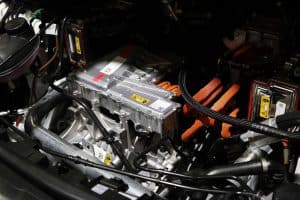 The city of Glendale in California, U.S is a bustling city known perhaps for its Brand Boulevard. It is one of the best places to live in California and own a thriving retail business of course. Like most places in recent times, Glendale has its share of electric vehicles. Electric vehicles become more popular by the day and it is to be expected given the benefits of driving such a vehicle. EVs are a plus to the environment helping us live green and healthy. They also benefit the economy by reducing carbon footprint and the need for producing gasoline.
The city of Glendale in California, U.S is a bustling city known perhaps for its Brand Boulevard. It is one of the best places to live in California and own a thriving retail business of course. Like most places in recent times, Glendale has its share of electric vehicles. Electric vehicles become more popular by the day and it is to be expected given the benefits of driving such a vehicle. EVs are a plus to the environment helping us live green and healthy. They also benefit the economy by reducing carbon footprint and the need for producing gasoline.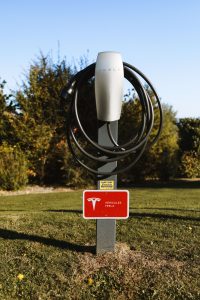 When you are obsessed with pretty cars and tired of driving fuel powered vehicles, then an electric vehicle like
When you are obsessed with pretty cars and tired of driving fuel powered vehicles, then an electric vehicle like 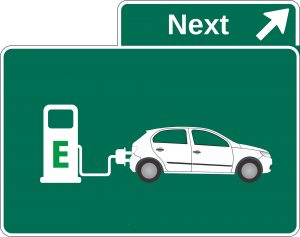 High-occupancy vehicle lane which is popularly known as HOV lanes is a traffic lane restricted and reserved for use by vehicles with a driver and one or more passengers. The minimum number of occupants is 2 to 3. In simple terms, the aim of this traffic lane is to get as many people off the road as possible to reduce traffic and air pollution.
High-occupancy vehicle lane which is popularly known as HOV lanes is a traffic lane restricted and reserved for use by vehicles with a driver and one or more passengers. The minimum number of occupants is 2 to 3. In simple terms, the aim of this traffic lane is to get as many people off the road as possible to reduce traffic and air pollution.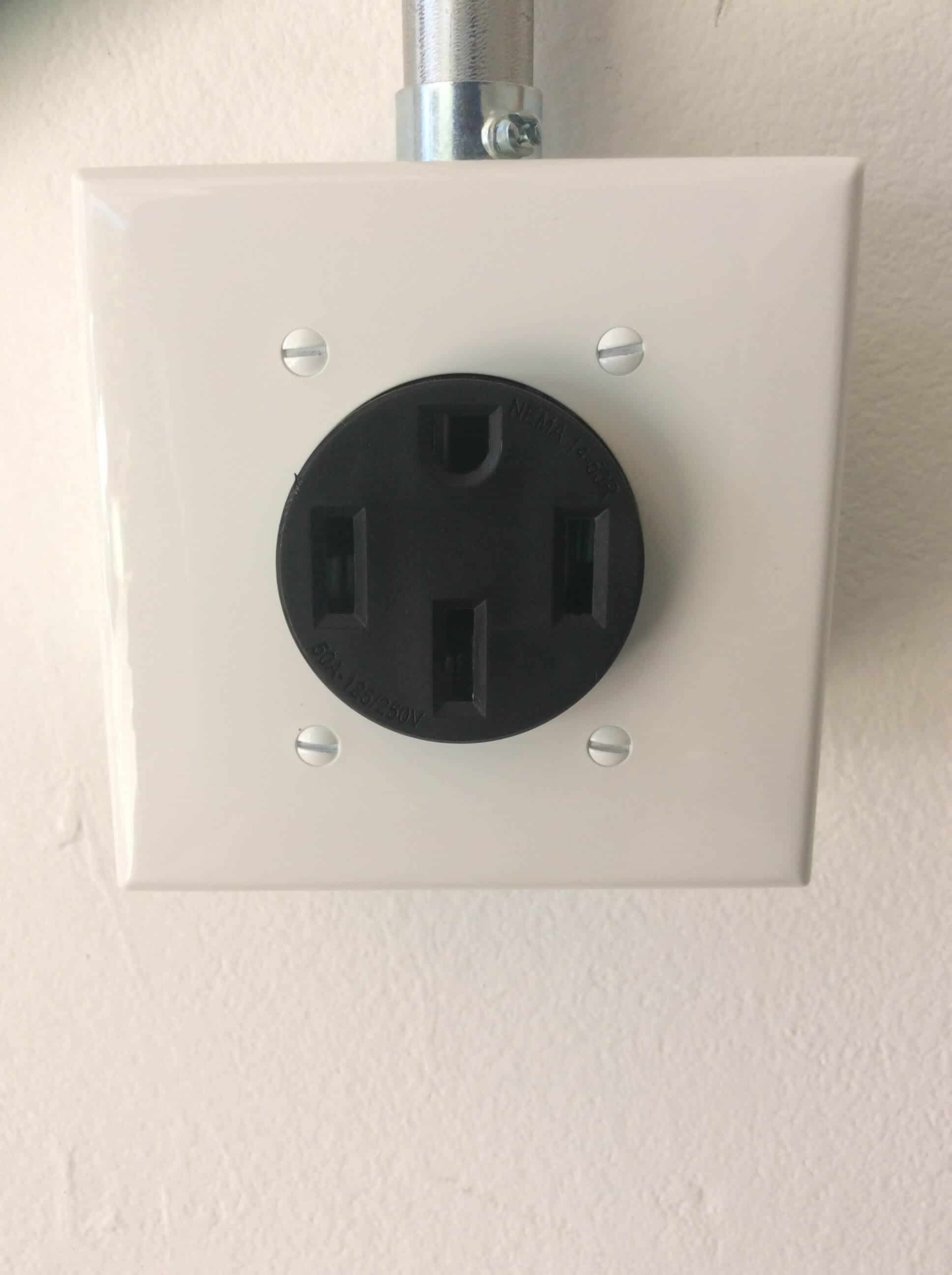 The purchasing of an electric vehicle comes with one big, important question:
The purchasing of an electric vehicle comes with one big, important question: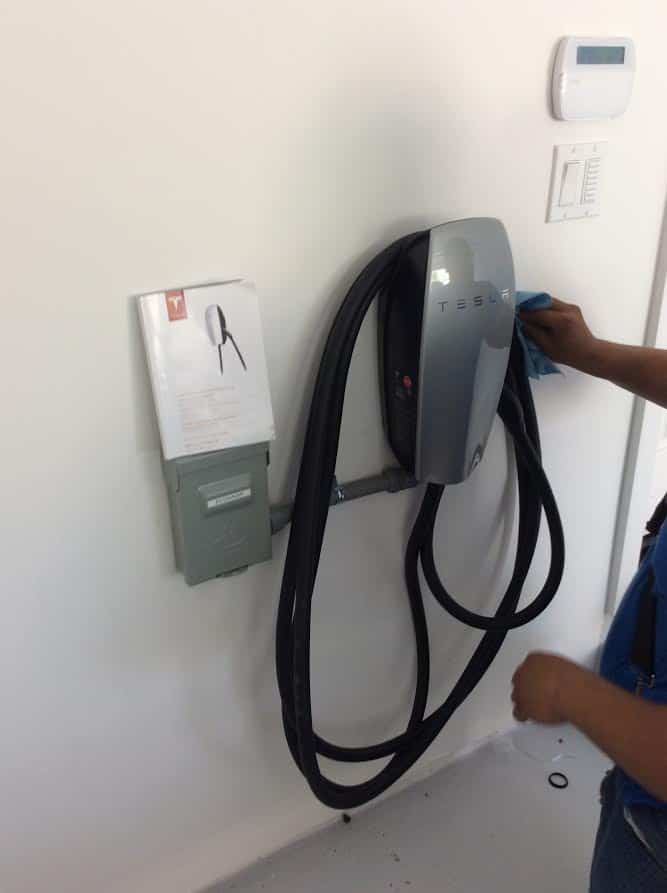 If you’re considering buying an electric vehicle, you’ll want to have the
If you’re considering buying an electric vehicle, you’ll want to have the